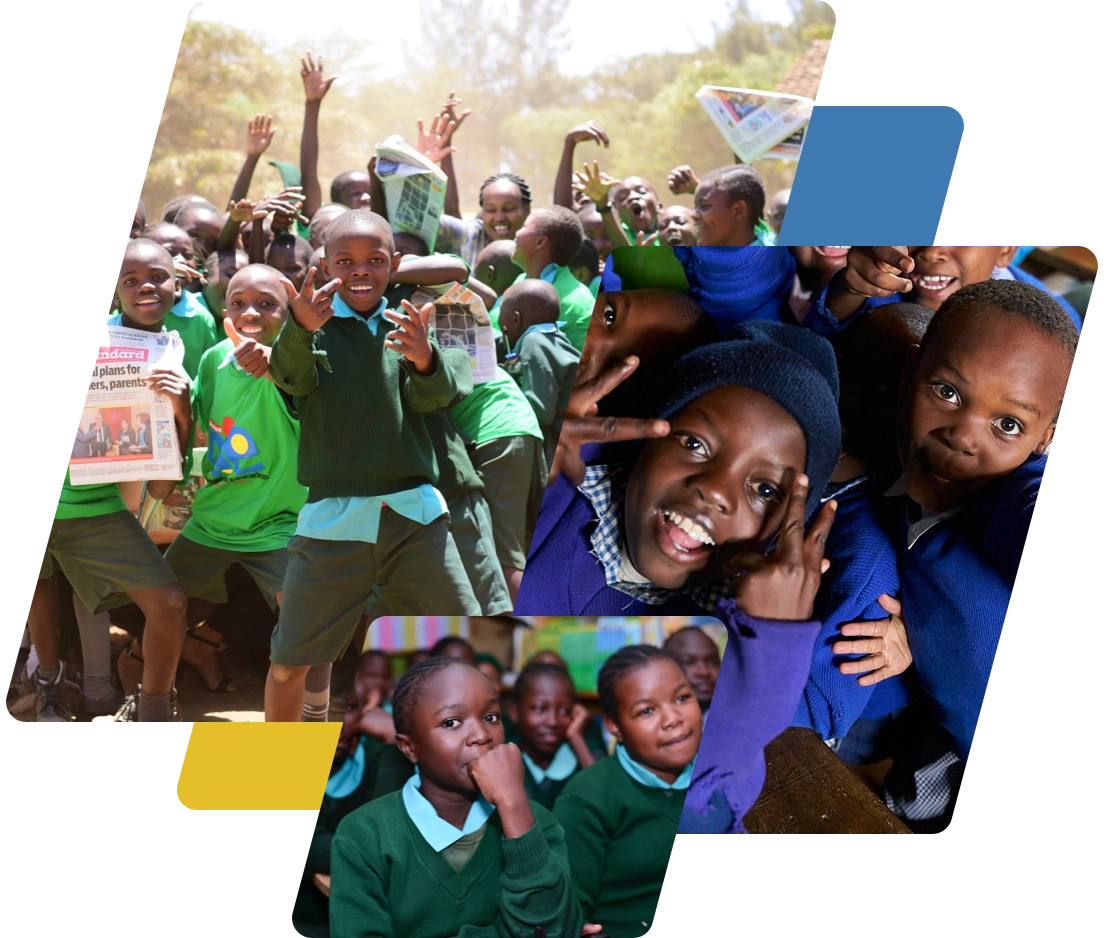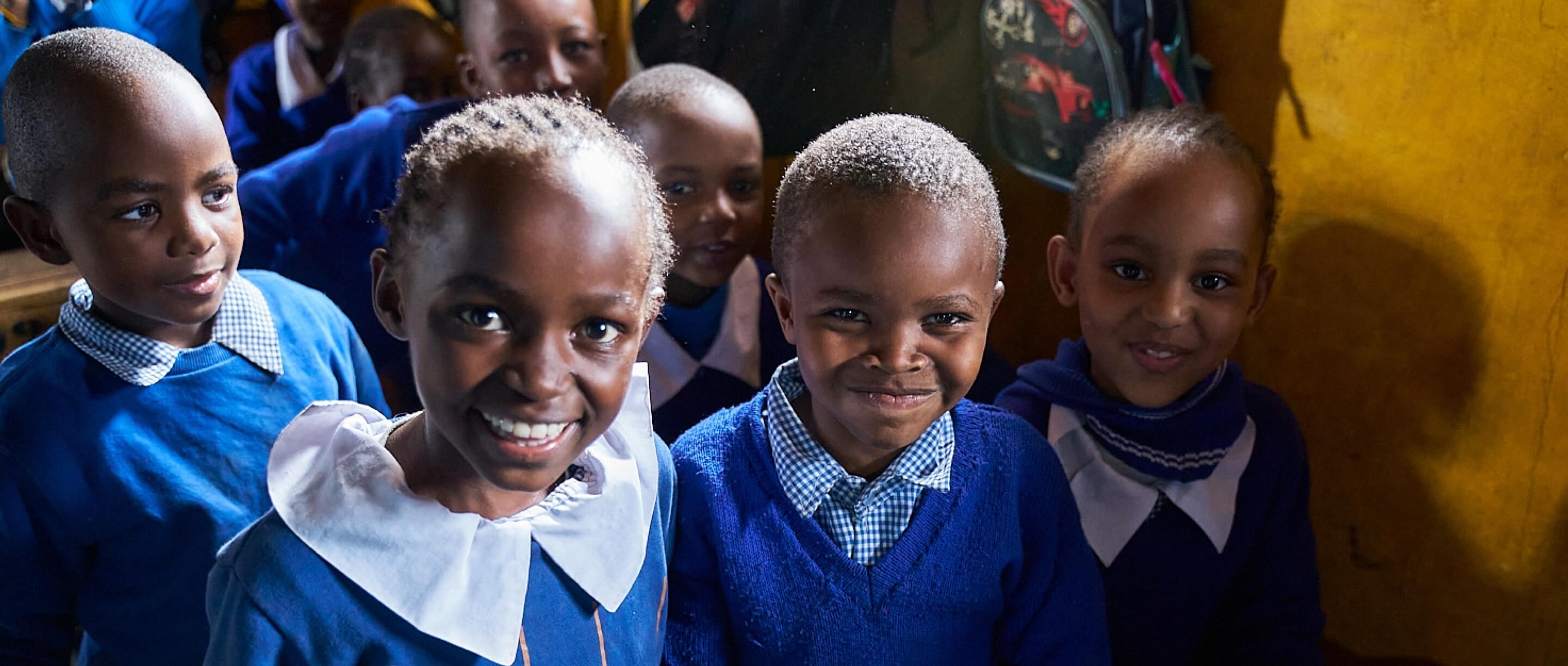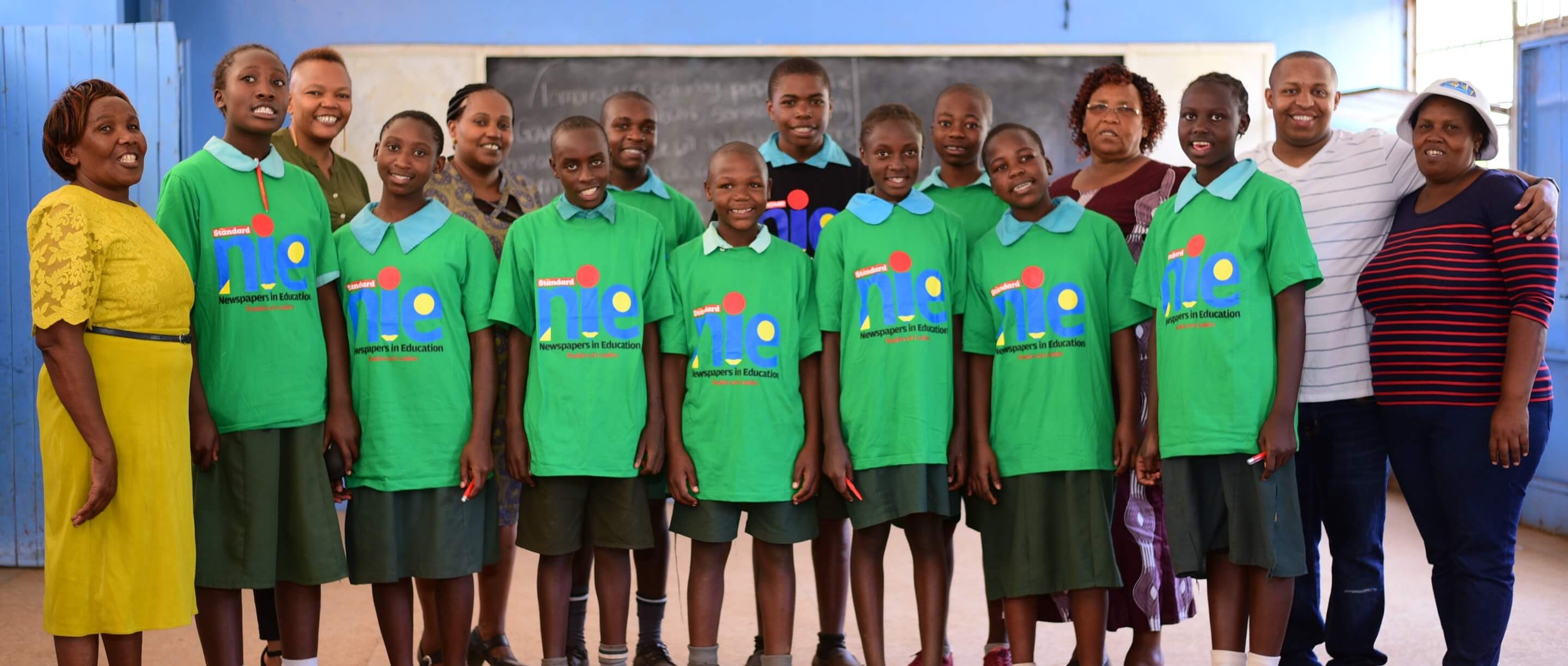LEAP
We are building a global mindset for tomorrow’s world

MLIFE's Learning Enrichment & Acceleration Program (LEAP) supports low-progress learners from under-served and under-resourced public schools with the technology and human capital needed to help all children realize their potential.
Through the Newspapers in Education Initiative (NIE), schools accepted into the LEAP program receive a financial grant to pay their annual subscription fees for local and international periodicals, such as the New York Times, to bring real-world knowledge right into their classrooms.
Our Goal
End learning poverty.
New World Bank data shows that 53 percent of children in low-and middle-income countries suffer from learning poverty, that is the inability to read and understand a simple text by age 10. Even in countries with higher enrollment, many children leave school with little learning and fewer skills.
MLIFE's LEAP program works with underserved schools to support under-resourced children to acquire fundamental learning skills through the power of storytelling and technology.

LEAP's 4Cs strategy
Read critically
Think creatively
Write clearly
Speak confidently
LEAP's 4Cs strategy inspires students to read critically, think creatively, write clearly, and speak confidently. We believe encompassing these skills—reading, reasoning ability, and socio-emotional skills—is a gateway for students to become better thinkers, innovators, and productive citizens.
Students enrolled in LEAP programs receive up to $100 in non-conditional educational grants per year to support their learning inside and outside the classroom.

"Before that program, composition, English, and reading aloud passages in class were my worst things to do in class... but after you established the program, I started enjoying reading and writing. I got that spirit of reading and now I was not only the best in English with an 85/ 100 but also the best student in Kawangware primary in the recent KCPE examination."
Arnold Matiba - Student, Kawangware primary school

Eligibility
LEAP selects schools based on the following criteria:
Schools must be public or low-cost, non-profit schools
The student-
teacher ratio must
be above 1:50
A substantial # of the students must be low-progress learners